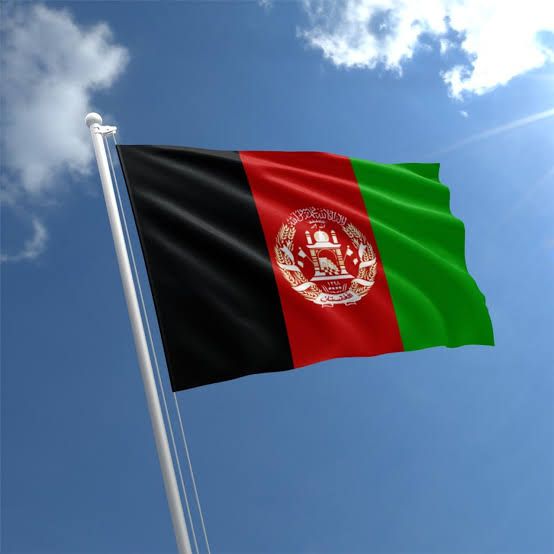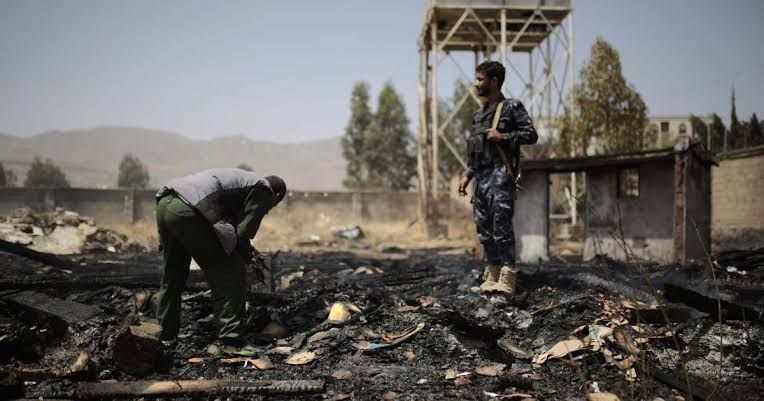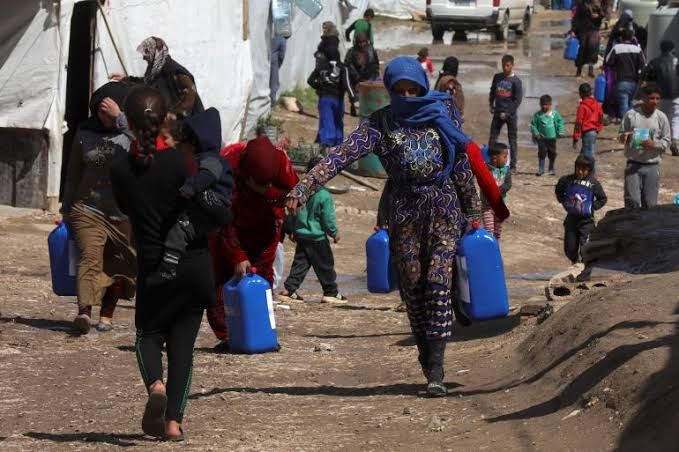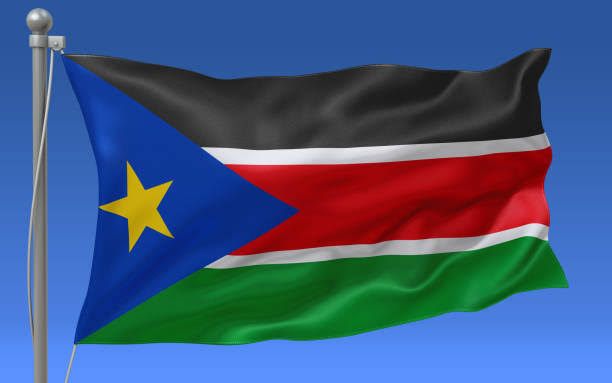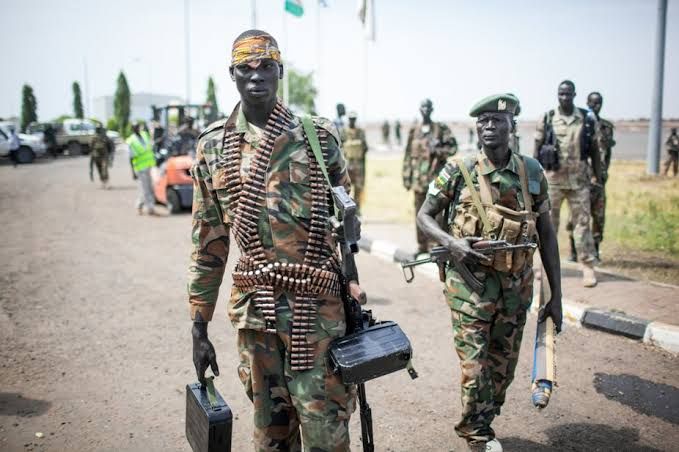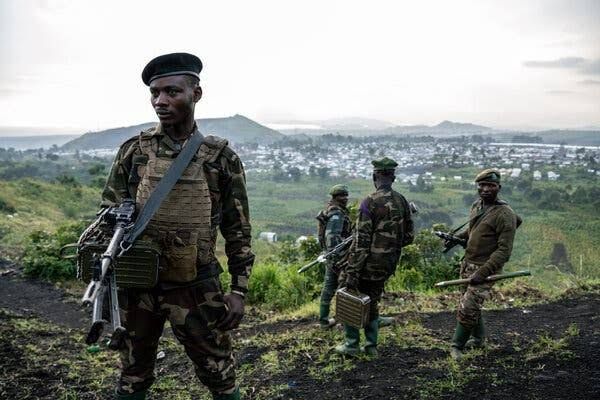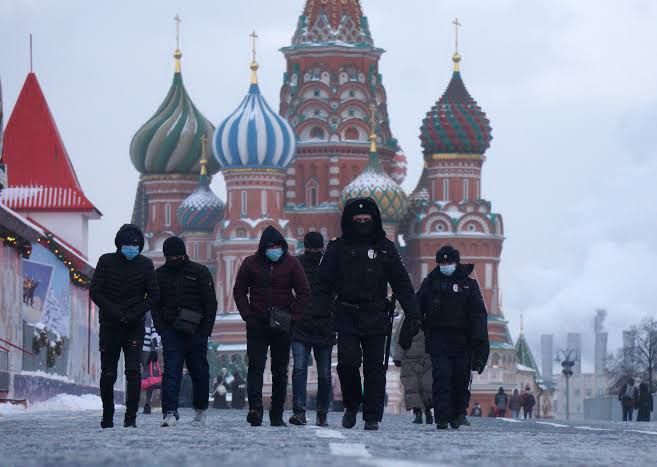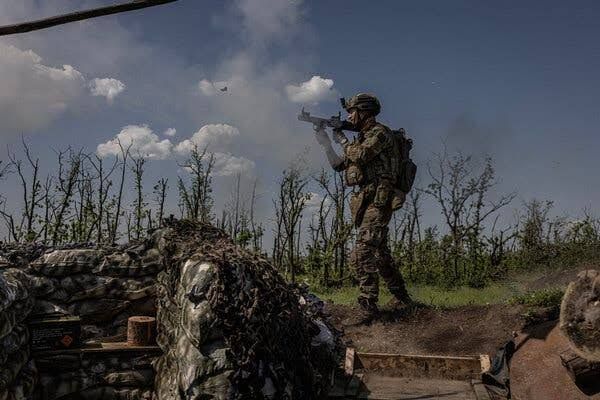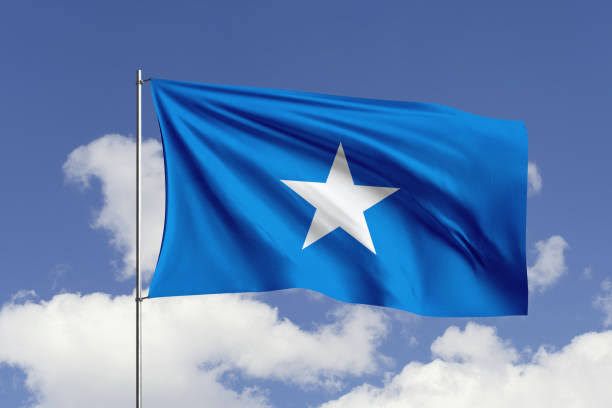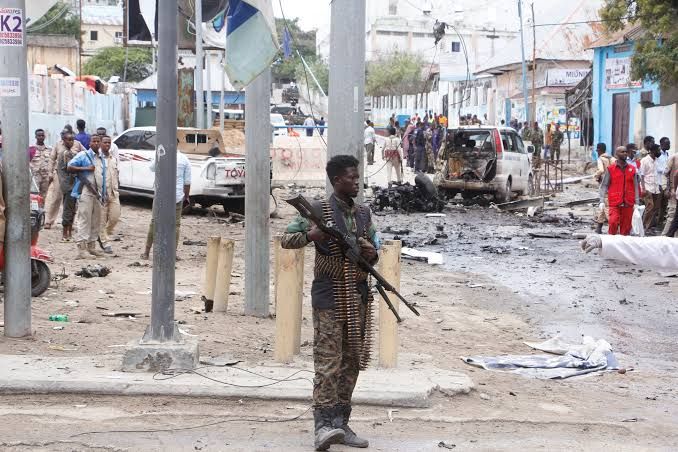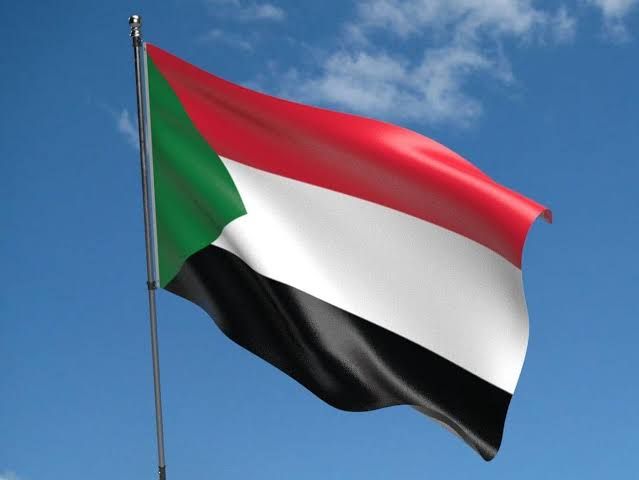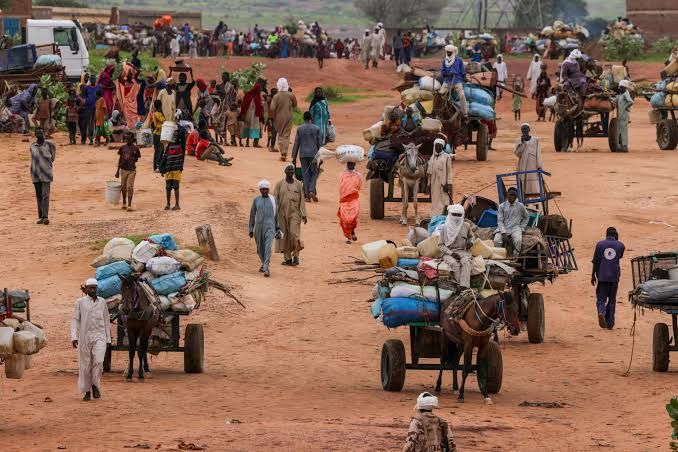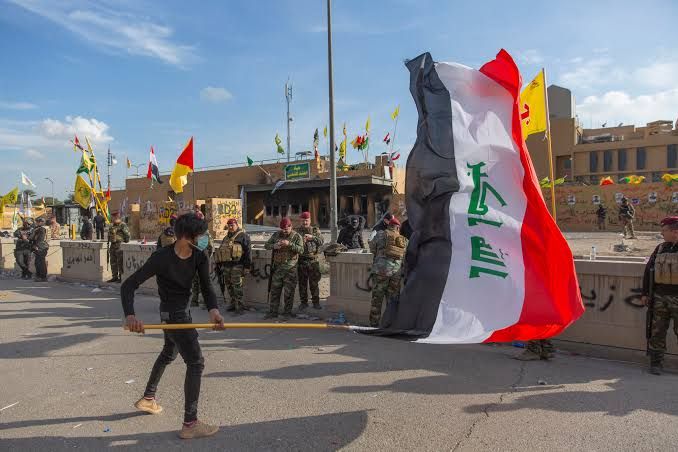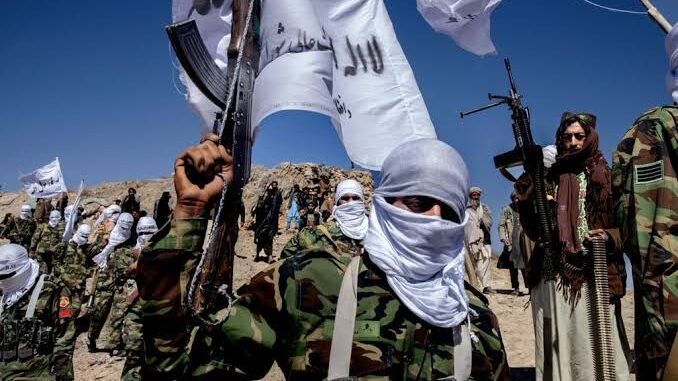
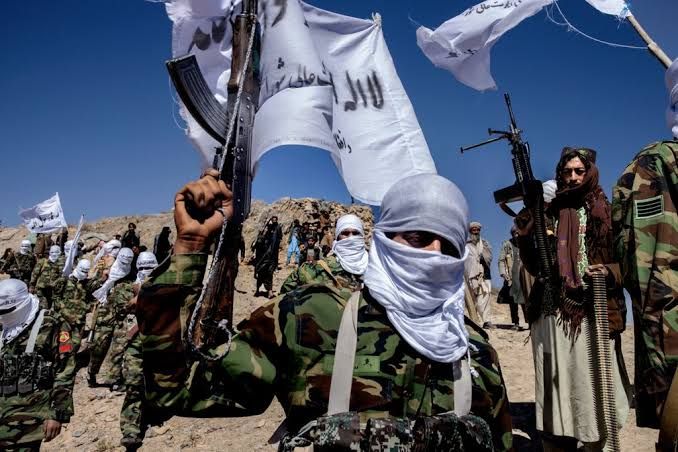

Comprehending the risks linked to visiting specific nations is essential for making well-informed choices and weighing the costs and benefits of travel for both business and pleasure. You can take proactive steps to protect yourself by researching the individual risks and problems that exist in certain areas and being aware of the risks involved in traveling to a given nation. On occasion, though, this can even include choosing to postpone or cancel travel in light of the hazard level at the moment.
Many people have a lifelong desire to see every country in the globe, but picking the right ones is crucial, particularly considering the degree of risk. The Independent claims that the following factors will determine which nations are the most dangerous in 2024: security, climate change, and health risks. A five-level scale for security, health, and climate change is used to determine the rating. To protect your safety and comfort throughout your journey, thoroughly review the risk map before you go. It shows problematic locations.
List Of Top 10 Most Dangerous Countries In The World 2024
1. AFGHANISTAN
This dubious distinction is a result of the nation’s turbulent past, current war, and high levels of violence. The country’s high concentration of extremist groups is the most concerning element. For more than twenty years, the Taliban, for instance, have been conducting a bloody insurgency against the Afghan government. Many deaths of soldiers and civilians have been attributed to them. Instability has been exacerbated by the presence of other organizations like Al Qaeda and ISIS in the nation. Airports and places of worship are frequently the target of terrorist assaults, especially during holy seasons like Ramadan. Afghanistan has an extremely high crime rate, which was at 76.32% in 2023, underscoring the country’s extreme risk. One of the main causes of these concerning numbers is the growth of criminal gangs and armed groups. These organizations have a history of carrying out illegal actions against foreigners and wealthy Afghans, including kidnapping, robbery, and extortion. In addition, the drug trade has been a major factor in the nation’s rising crime rate. As the top producer in the world, accounting for 85% of the world’s opium production in 2020, narcotics trafficking has developed into a profitable enterprise for criminal groups. Drug-related crimes, including addiction, trafficking, and related violence, have increased as a result. To properly address these crimes, there has to be a significant government presence in many places. In addition, maintaining law and order is made much more difficult by widespread criminal networks and corruption.
2. YEMEN
Since 2015, the nation has been involved in a civil war, with different groups fighting for control of the government. As a result, it led to extensive violence, mass migration, and a humanitarian crisis that has left millions of people in need of immediate assistance. The danger faced by tourists is increased by the rise in criminal activity in Yemen, which includes armed robberies and kidnappings. At 68,93%, its crime rate is likewise the highest in the world when compared to other nations. Major Yemen tribes are known for their involvement in criminal activities including kidnapping and plundering. They are highly armed and enjoy independence within their sphere of influence. Unfortunately, visitors run the risk of being abducted and abused by these tribes, and they might have to pay a large ransom to get them back.
3. Syria
Syria is one of the most violent countries in the world because of the devastation caused by the continuous conflict. With multiple armed groups fighting for control of land and resources, the nation has become a hotspot for violence and instability since the civil war broke out in 2011. The most recent devastating incident was the earthquake that rocked Turkey and Syria in February 2023. Sadly, approximately 50,000 deaths were reported as a result of the earthquake, leaving a terrible death toll. Significant damage was also done to 116 medical facilities by the accident, depriving a large number of people of access to essential medical care. Consequently, it is projected that 18 million people require immediate humanitarian aid. The World Food Programme (WFP) revealed that a startling 90% of Syrians were living below the poverty line and that at least 12 million of the country’s remaining 16 million people were facing food insecurity.
4. SOUTH SUDAN
Following a January referendum, South Sudan gained independence on July 9, 2011. Even with the initial exuberance and expectations of a prosperous future, the nation has had difficulty preserving stability. Political power struggles and ethnic tensions have made matters worse since then. Since South Sudan’s independence, President Salva Kiir and his former vice president, Riek Machar, have not gotten along. Their conflict over dominance turned into a civil war in December 2013, which resulted in millions of people being displaced and thousands of deaths. Rape, murder, and the enlistment of children as soldiers are just a few of the horrific crimes that have occurred during the fight on both sides. As a result, it ranks first on a list of the world’s most dangerous nations.
5. DEMOCRATIC REPUBLIC OF CONGO
For a variety of reasons, the Democratic Republic of the Congo (DRC) has been ranked among the world’s most dangerous nations. The existence of armed groups and militias, many of which have been involved in protracted hostilities in the nation for decades, is one of the primary causes. In the eastern DRC, there are more than 130 of them. These armed groups commit rape, murder, and robbery while operating in isolated parts of the nation. In the midst of these conflicts, civilians are frequently caught in the crossfire and may suffer violence or be forcibly displaced. The DRC’s continuous wars have an impact on thousands of people. CC BY-SA 2.0 image by MONUSCO Photos via Wikimedia Commons Additionally, the DRC’s transportation and infrastructure frequently need maintenance or improvement, which puts travelers in risk. While air travel can be dangerous due to inadequate safety measures and poorly maintained aircraft, roads can be hazardous and frequently become impassable during the rainy season.
6. Russia
The largest country in the world, Russia, is no stranger to peril. Aggression and power struggles are frequent features of its foreign policy. Russia’s annexation of Crimea from Ukraine in 2014 led to international censure and sanctions against the country. Additionally, Russia has been charged with interfering in international elections, such as the US presidential election of 2016. Russia has gained a reputation as the world’s most violent nation as a result of these activities.
Russia also faces a number of difficulties at home. The administration has been charged with violating human rights, and political criticism is frequently dealt with severe persecution. Bribery and embezzlement are major problems in both the governmental and private sectors, where corruption is pervasive. Russia’s North Caucasus area is especially unstable, with separatist movements and an Islamist insurgency creating serious security risks.
7. Ukraine
Ukraine is a country in Eastern Europe that is enmeshed in a geopolitical struggle between the West and the East. Tensions between Ukraine and Russia have escalated as a result of the ongoing conflict that started in eastern Ukraine in 2014. Pro-Russian rebels have taken over portions of the Donetsk and Luhansk regions of Ukraine with Moscow’s help, sparking a conflict that has killed hundreds of people and displaced millions more. Ever since, travelers consider Ukraine to be the least safe country in the world.
Ukraine’s economy is still having difficulties and the country is still politically unstable and corrupt, despite efforts to ameliorate the situation. Following the battle, the economy has had difficulty recovering, resulting in high rates of unemployment, inflation, and poverty. Ukraine’s economy is mostly dependent on loans from the IMF and international help.
8. Somalia
Somalia has established a reputation as one of the world’s most hazardous nations due to decades of disorder and lawlessness. Devastated by hunger, piracy, and civil war, it is a place where anarchy is the norm. An offshoot of the infamous Al-Qaeda, the militant organization Al-Shabaab continues to terrorize the country by carrying out fatal attacks on both government soldiers and civilians. The situation is made worse by rival clans and factions fighting for control in the absence of a strong government. The standard of living for the typical Somalian resident is further deteriorated by widespread corruption and a dearth of essential infrastructure. Extreme caution is urged for those daring enough to enter this dangerous area.
9. SUDAN
This country in Africa is frequently regarded as one of the world’s most hazardous travel destinations. Up until 2011, South Sudan was a part of Sudan, and the two countries were actually one. Internal conflicts have arisen in the nation since its independence. After 30 years in office, President Omar al-Bashir was overthrown in April 2019, sparking further hostilities and talks for a transitional administration. Conflict zones featuring confrontations between rebel groups, government forces, and ethnic violence have existed for years in places like South Kordofan, Darfur, and the Blue Nile.
10. IRAQ
Iraq is a very dangerous place to visit and has experienced many difficulties throughout the years as a result of war and strife. Despite being greatly diminished, the remnants of ISIS still represent a serious threat to the Iraqi military and civilians. In many regions of the nation, sectarian bloodshed, killings, and suicide bombings continue to be commonplace. Both locals and visitors always feel like they’re in danger.
Complexity is increased by the struggle between the independent Kurdish area and the federal authority. It has escalated hostilities and led to bloodshed, further destabilizing the situation. Iraq’s infrastructure has suffered greatly as a result of years of hostilities. The economy has also been impacted, with many firms finding it difficult to survive.
